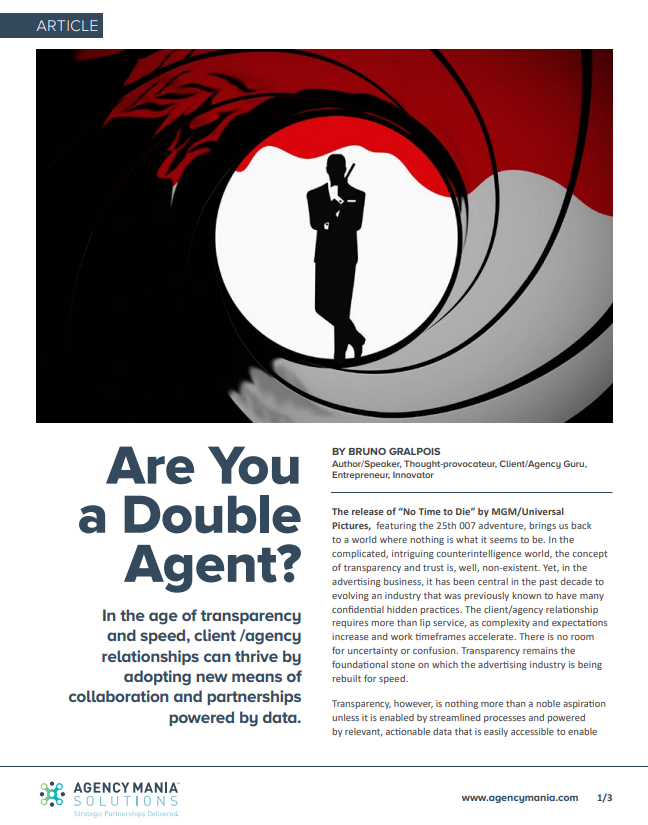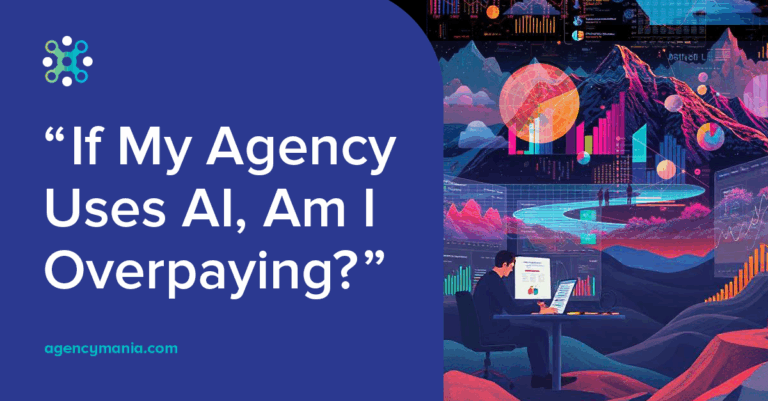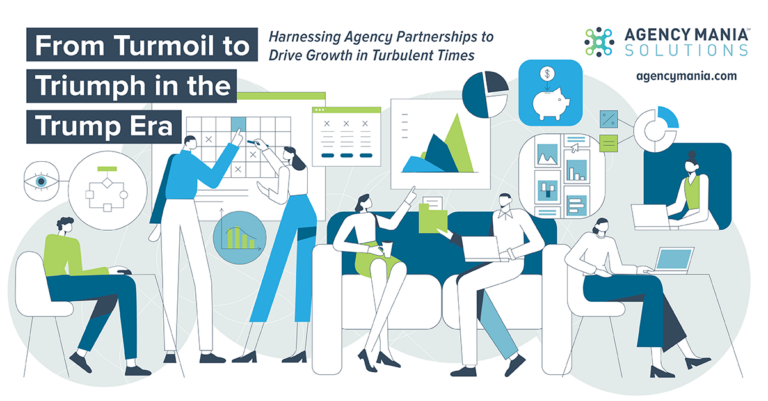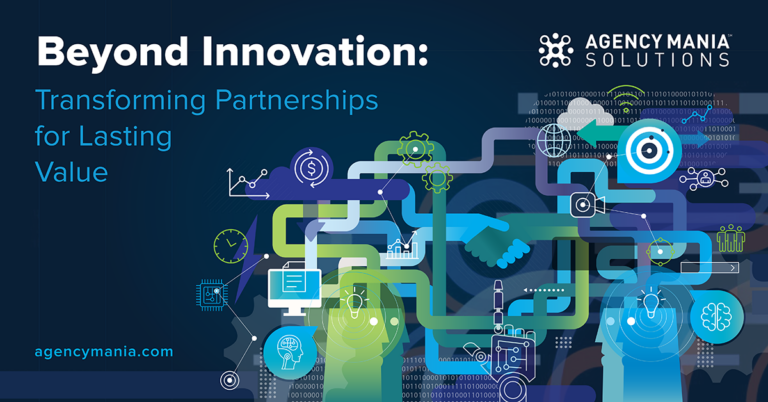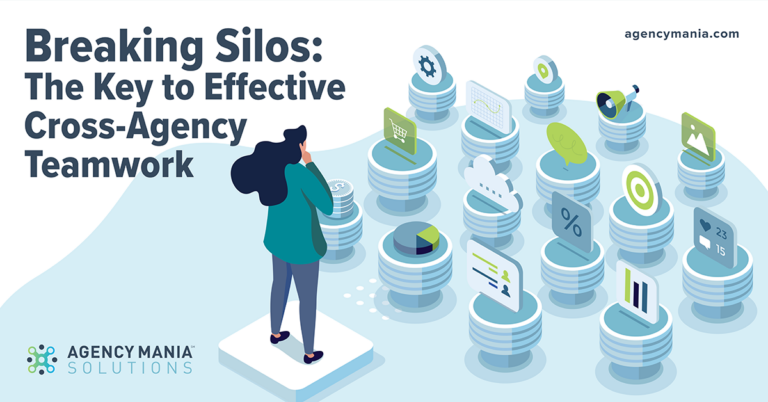In the age of transparency and speed, how client /agency relationships can thrive by adopting new means of collaboration and partnerships powered by data.
— Read our article posted on ANA Marketing Maestros —
— Read our article posted on Producers & Procurers iQ —
The release of “No Time to Die” by MGM/Universal Pictures, featuring the 25th 007 adventure, brings us back to a world where nothing is what it seems to be. In the complicated, intriguing counterintelligence world, the concept of transparency and trust is, well, non-existent. Yet, in the advertising business, it has been central in the past decade to evolving an industry that was previously known to have many confidential hidden practices. The client/agency relationship requires more than lip service, as complexity and expectations increase and work timeframes accelerate. There is no room for uncertainty or confusion. Transparency remains the foundational stone on which the advertising industry is being rebuilt for speed.
Transparency, however, is nothing more than a noble aspiration unless it is enabled by streamlined processes and powered by relevant, actionable data that is easily accessible to enable timely decisions. Yet, data often lives in organizational silos, trapped and inaccessible by those who need it most. Brand advertisers have realized that this data is essential to operational excellence and therefore, must be freed, organized, and distributed. In the client/agency relationship, this data ranges from budgets and scopes of work to briefs, reconciliation reports, performance scores, and many other critical parts of the multi-dimensional partnership. I like to refer to this as “data-fused transparency.” Trust becomes a de facto benefit.
Let’s look at what data is commonly available to brand advertisers to improve collaboration and move at light speed with agency partners:
Tomorrow Never Dies (Scope of Work)
Once strategic priorities and budgets have been established, the process of constructing detailed plans to execute is a mission-critical activity for brand advertisers. It’s about planning for tomorrow and having all resources strategically aligned behind a few key initiatives. This is commonly known as scope of work planning and management. Advertisers articulate, in close partnership with their agencies, their detailed objectives, and they describe projects and the type of assets that must be produced during the fiscal calendar to carry out their mission and meet their business objectives. This data is what agencies heavily rely on to allocate resources and use as their guidepost to produce the work.
On Her Majesty’s Secret Service (Talent/Resources)
Once informed of client priorities, the agencies are expected to submit to their client a staffing plan (for retained relationships) or cost proposal for review and approval. The level of details and transparency varies slightly based on the relationship and the importance both parties give to that process. Some clients insist on having detailed staffing plans that include not only roles/titles but also actual names, while others focus more on the resource allocations. Great value comes from knowing that the right talent and resources have been secured to conduct the work.
For Your Eyes Only (Benchmarking)
To facilitate better conversations and improve expectations, some clients rely on benchmark data to compare what their agencies propose to what may be deemed as industry standard. Any outliers become a worthy topic of conversation to adjust or clarify expectations. This data is often accessible only to the client and may include a combination of internal benchmarks (based on historical costs, by project type, by agency, over a certain timeframe, etc.) and external benchmarks (commonly sourced through third-party data brokers).
A View to A Kill (Reconciliation)
The nature of the client/agency relationship is highly dynamic. So is the work, always subject to change, adjustments, and course-correction throughout the year. Having access to reconciliation data (e.g., burn rates, production cost actuals) provides brand advertisers with timely, usable data to steer their business in the right direction or to simply reset, changing that direction as often as needed, including budgets and the nature of the work itself. It provides a view into the future but also a way to manage the present. As soon as a plan is approved, it becomes obsolete. And reconciliation data is the only way to manage the work and resources together.
Diamonds Are Forever (Performance Evaluation)
A strong relationship, one that is grounded in a foundation of mutual accountability, is considered a gem these days. Naturally, gathering data about the performance of the relationship and any actionable feedback only reinforces strong partnerships and helps struggling ones. To do so, that performance data (either subjective like survey data or objective like KPIs) must be acquired frequently enough—at a minimum twice a year—and must be shared broadly with relevant stakeholders and used to drive sustainable change. Using performance data is the only way to keep the focus on what matters most in the relationship.
The World Is Not Enough (Briefs)
Scopes of work are not enough. The subsequent process of briefing an agency is a natural continuation of the planning process and happens daily. The effective briefing of agencies by clients has historically been a weak spot. Brand advertisers will acknowledge being challenged with briefing agencies concisely, consistently, and effectively. And agencies do expect better, more insightful, inspiring briefs from their clients. Briefs include highly relevant, detailed data that is so essential for the agency to come up with creative concepts and strong work. That data must be made readily available to any agency.
The Spy Who Loved Me (Roster)
Another important piece of data is agency profiles. This is what marketers rely on to evaluate an agency within their roster before deciding if this is the right fit for a given assignment. Roster profile data includes performance results, examples of successful campaigns, and filtered data such as capabilities. As the lines between disciplines continue to blur, finding the absolute, most qualified partner for a project is consequential for any advertiser. If you want great work, make sure to find a greatly qualified agency to produce it.
There is no doubt that a strong client/agency partnership is key to marketing success and business performance. Yet, with so many moving parts, having access to meaningful data can improve transparency, trust, collaboration, and decision-making, and empower both sides to move at a faster pace. There is no room for double agents in our industry. There are few roadblocks and many opportunities today to improve operating processes and deploy technology that contributes to making data more accessible to marketers and agencies alike. The client/agency partnership is increasingly data-reliant. And if it is to flourish, there is, well, no time to rest.
By Bruno Gralpois, Author/Speaker, Thought-provocateur, Client/Agency Guru, Entrepreneur, Innovator
November 15, 2021

